Dividing Forget-Me-Nots: Should Forget-Me-Nots Be Divided
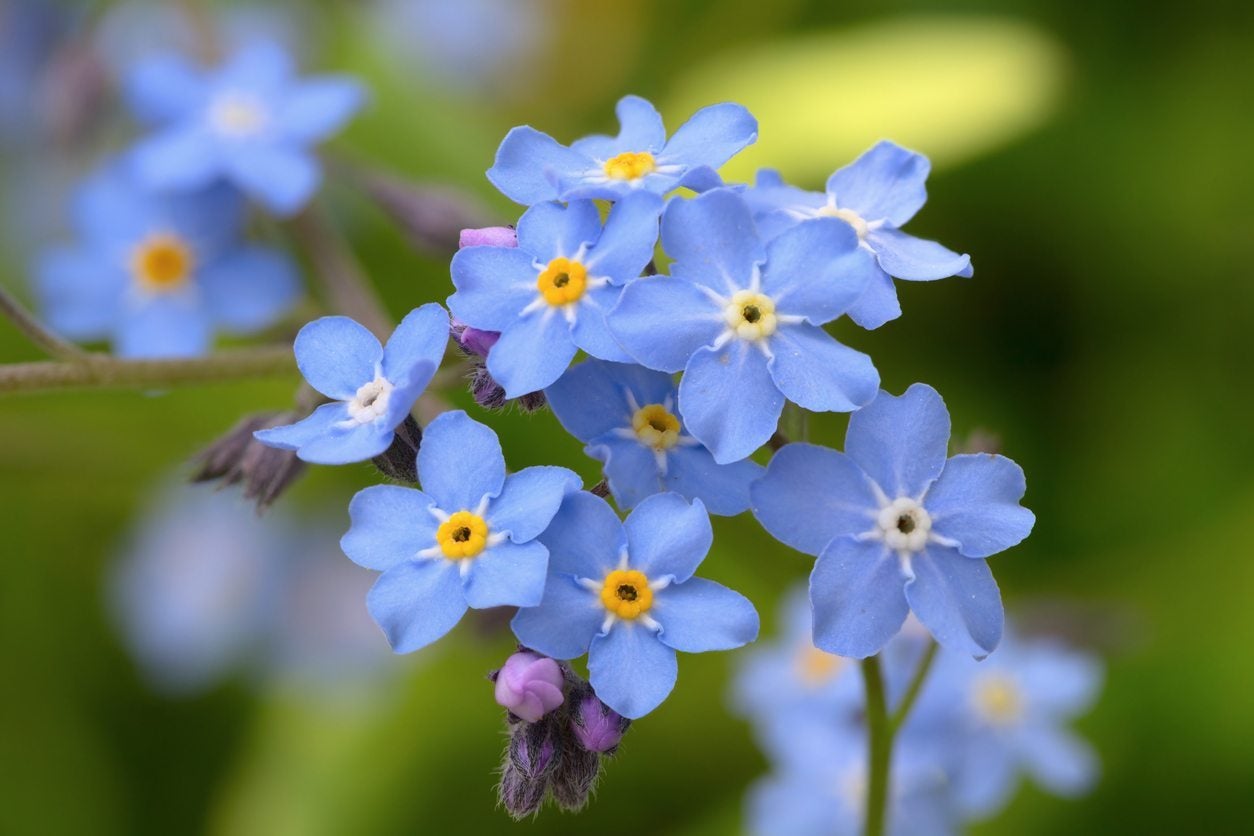

There are two types of plants known as forget-me-not. One is an annual and is the true form and one is a perennial and more commonly known as false forget-me-not. They both have a very similar appearance but are in different genera. Should forget-me-nots be divided? This really depends upon what variety you are growing. If your plant comes up every year in the same spot, it is likely a perennial; but if the plant seems to migrate and multiply in other areas, it is the self-seeding annual.
When to Split Forget-Me-Nots
Many perennials benefit greatly from division. Dividing forget-me-nots can help the plant form stouter stems that are less floppy and prevent center die-out. It can also increase the number of plants or control the size of an existing plant. In the annual form, forget-me-not will readily self-sow, populating the garden in every nook and cranny over time. Perennial forget-me-not flower division is recommended for the above reasons. Since the annual form will reseed itself and then die out, it does not require plant division. The perennial plant will sprout anew from the same crown every year. This can cause some diminishment of blooms over time. The annual forget-me-not plant is in the genera Myosotis, while the perennial plant is in the group Brunnera. The major difference in appearance between the two plants is in the leaves. The annual plant has hairy leaves, while the perennial has a glossy leaf. Annual forget-me-not flower division is not necessary, but the glossy-leaved perennial will benefit from division every few years.
How to Divide Forget-Me-Nots
Perennial types. Perennial plants will develop fewer flowers over time, even though the plant will expand in size. This is how you know when to split perennial forget-me-nots. If flowering is suffering, division can help create healthier plants that bloom more. Dividing forget-me-nots every 3 to 5 years can help prevent this problem while it also makes more plants. Dig around the root zone carefully in early spring and gently lift the entire plant. You can actually divide the plant by hand, separating out sections with numerous roots and several healthy stems. Each group should be planted individually. Select a location in full sun with well-draining soil and water in each plant thoroughly. Annual types. You don't need to worry about how to divide forget-me-nots that are the annual, hairy-leaved form. They will merrily drop seeds and wind will spread them to likely locations of the garden. You can collect the seeds and sow them in loose garden soil in full sun after all danger of frost has passed. Cover seeds with a light dusting of soil. Keep the area moderately moist if spring rains are not sufficient. Thin out plants to prevent overcrowding; however, they actually thrive when tightly packed together. Transplanting forget-me-nots is not recommended, so plan carefully where you want these charming, little, blue, flowering annuals. Just remember, in a couple of years the entire garden plot may be taken over in spring by plants whose name says it all.
Gardening tips, videos, info and more delivered right to your inbox!
Sign up for the Gardening Know How newsletter today and receive a free copy of our e-book "How to Grow Delicious Tomatoes".

Bonnie Grant is a professional landscaper with a Certification in Urban Gardening. She has been gardening and writing for 15 years. A former professional chef, she has a passion for edible landscaping.
-
 Looking For Plants To Give You The Soft And Fuzzies? Try These 5 Fuzzy Leaf Plant Options
Looking For Plants To Give You The Soft And Fuzzies? Try These 5 Fuzzy Leaf Plant OptionsLovers of texture, drama, silver foliage and tactile plants will adore these special sensory garden additions. These fuzzy leaf plant options will leave you all aglow
By Susan Albert
-
 Get Ready For A Summer Of Hummers! Grow These Full Sun Hummingbird Plants and Flowers
Get Ready For A Summer Of Hummers! Grow These Full Sun Hummingbird Plants and FlowersIf you’re lucky enough to enjoy a sunny backyard, make sure you are maxing out on your pollinator opportunities and grow these full sun hummingbird plants and flowers
By Tonya Barnett
-
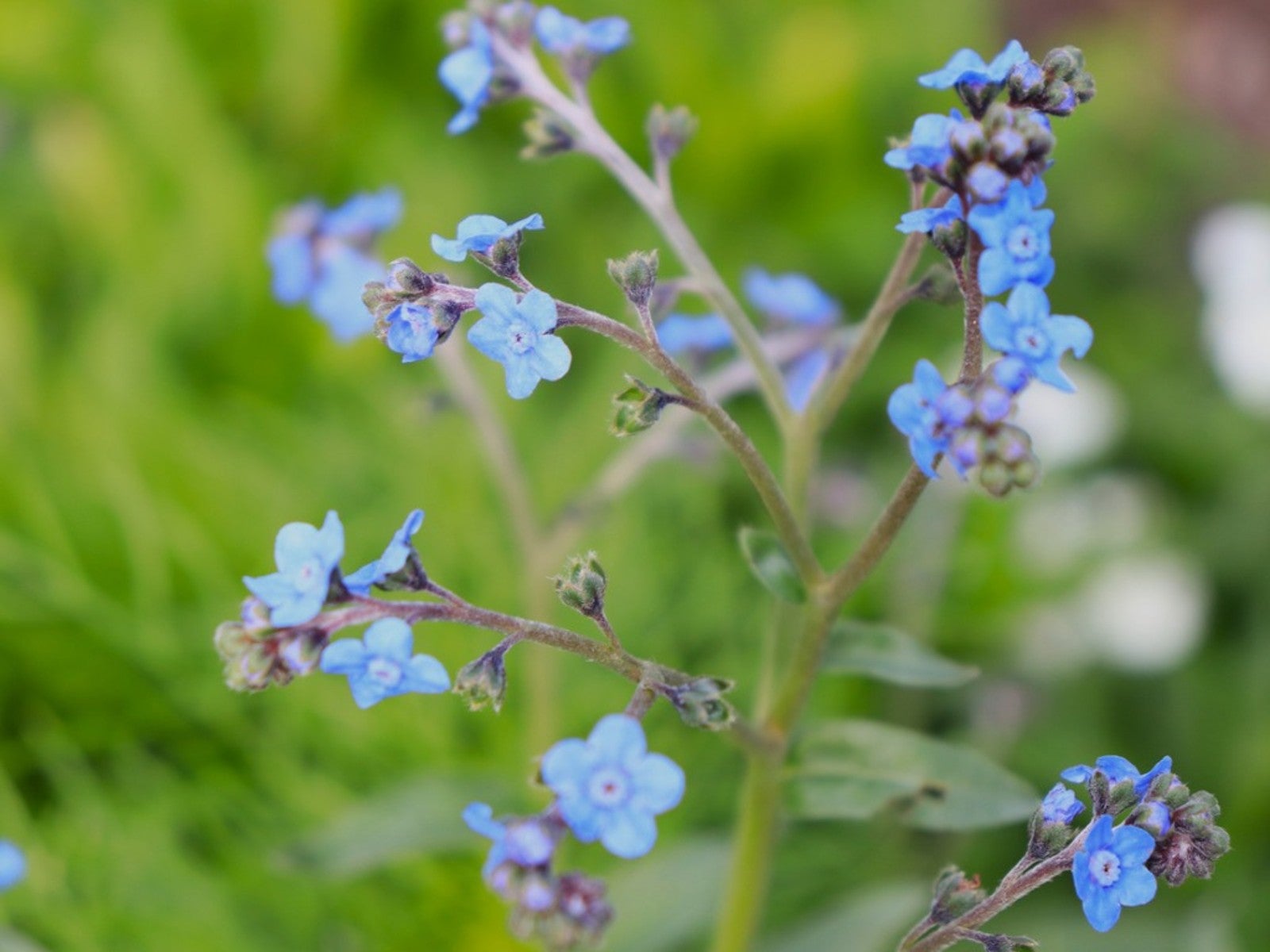 Chinese Forget-Me-Not Care And Characteristics
Chinese Forget-Me-Not Care And CharacteristicsChinese forget-me-nots make beautiful accents in the garden, but they can be invasive. Learn more about this pretty little plant.
By Mary Ellen Ellis
-
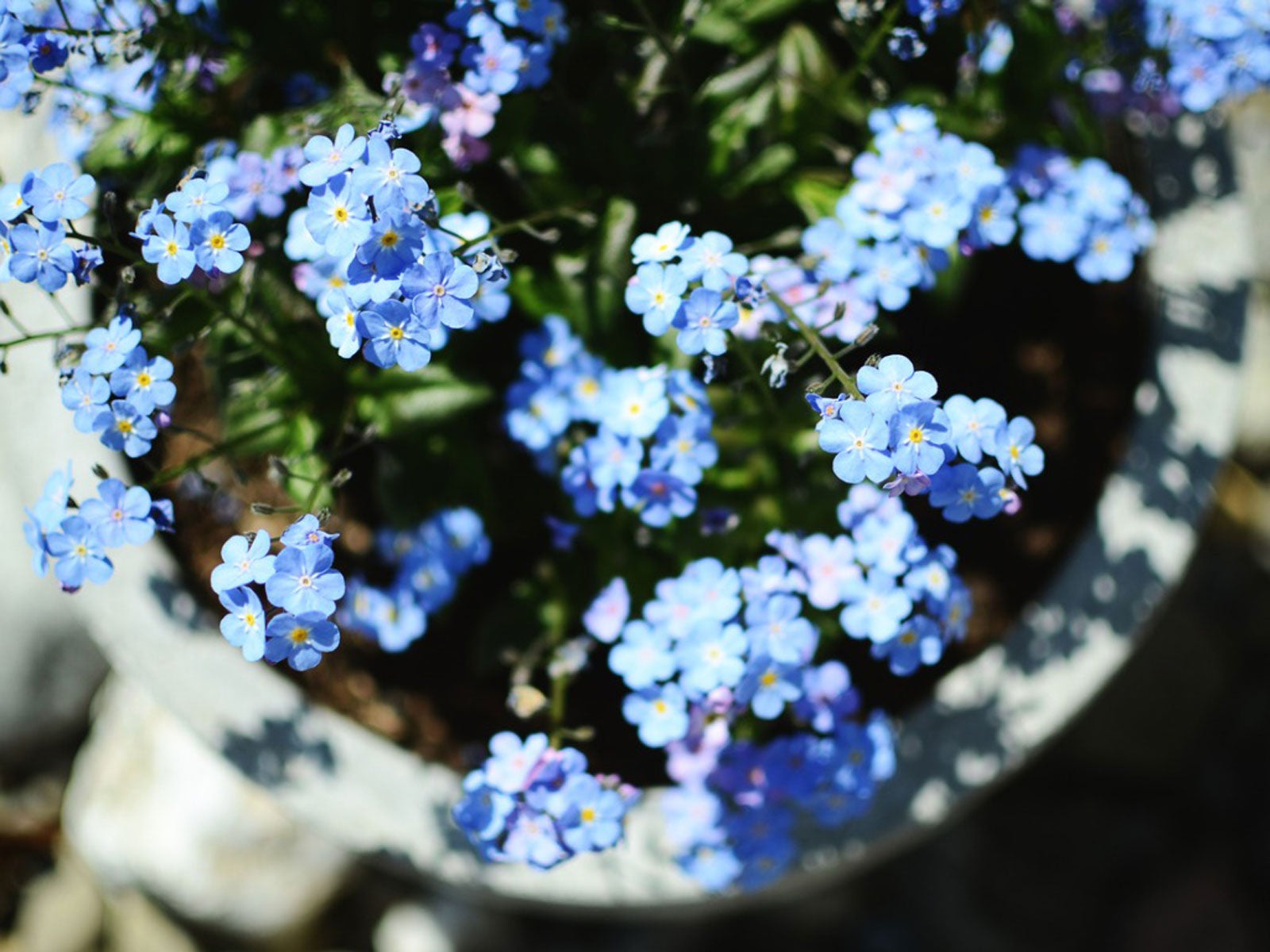 Forget-Me-Nots As A Houseplant – Growing Forget-Me-Nots Inside
Forget-Me-Nots As A Houseplant – Growing Forget-Me-Nots InsideIt is definitely possible to grow forget-me-nots as a houseplant, either during the winter or year round. Click this article to learn how.
By Mary H. Dyer
-
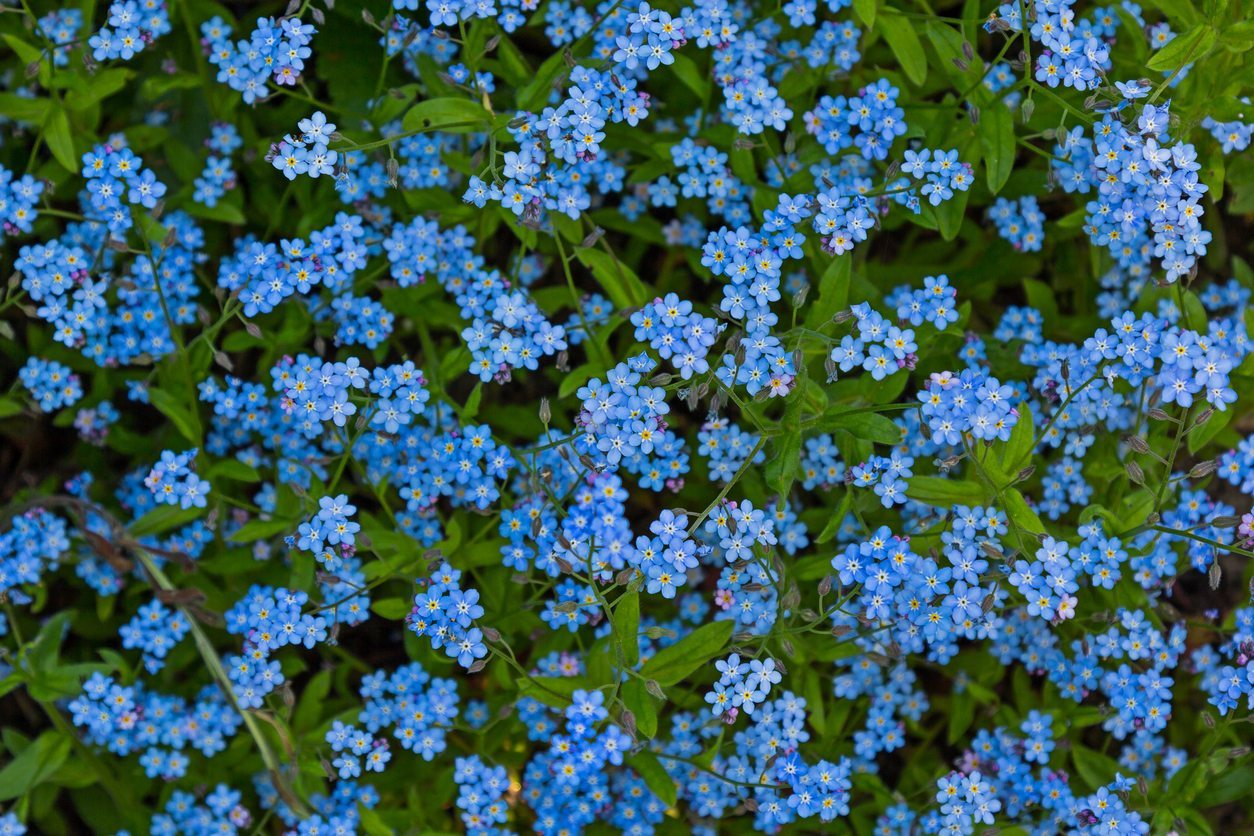 My Forget-Me-Nots Won’t Bloom: How To Fix A Forget-Me-Not With No Flowers
My Forget-Me-Nots Won’t Bloom: How To Fix A Forget-Me-Not With No FlowersForget-me-nots are iconic flowers in the garden and easy enough for even the beginning gardener to see a lot of success in a short time. Unfortunately, they can also be fussy if they're too far out of their comfort zone and may refuse to flower. Click here to learn more.
By Kristi Waterworth
-
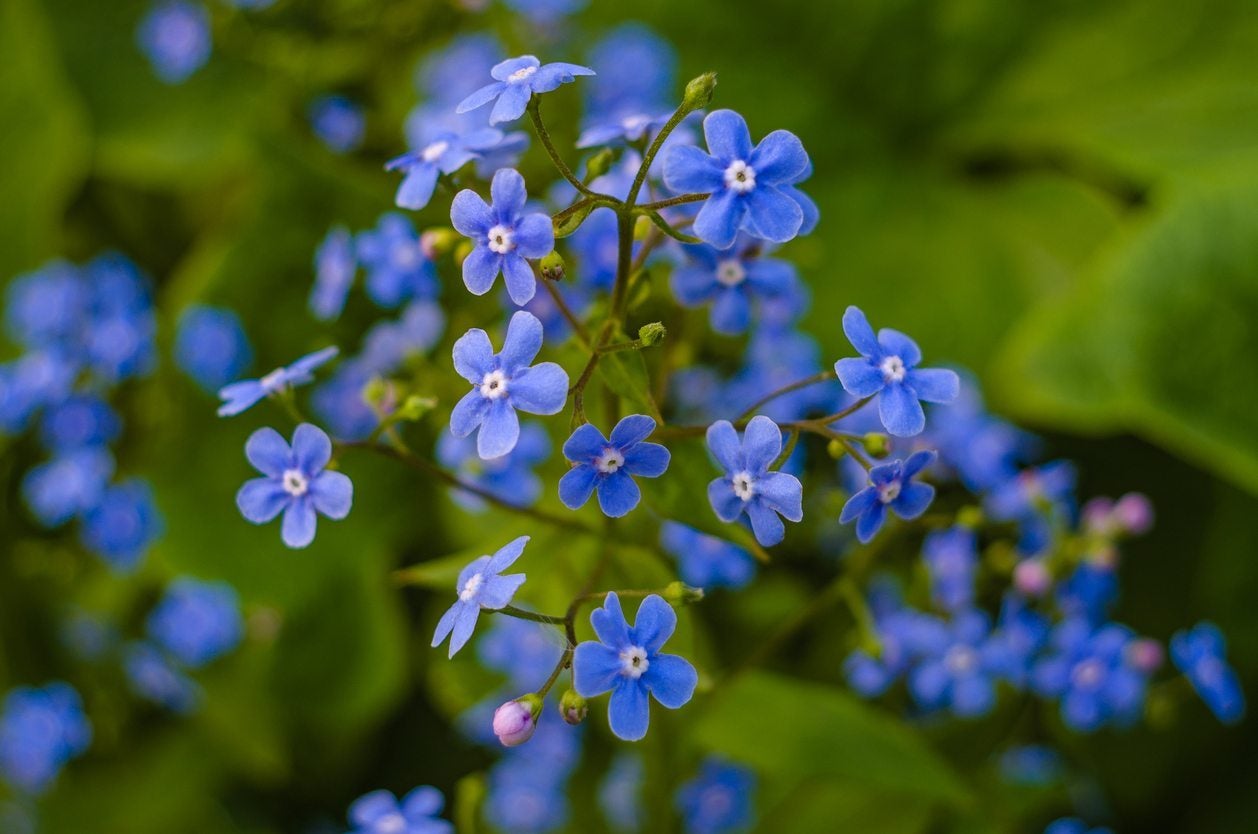 Forget-Me-Not Troubles: Problems With Forget-Me-Nots In Gardens
Forget-Me-Not Troubles: Problems With Forget-Me-Nots In GardensGrowing forget-me-nots can be a walk in the park if you know what signs of danger to be on the lookout for. Even though these plants have few problems, there's always a risk of fungal disease or insect pests, so use this article for help with common forget-me-not problems.
By Kristi Waterworth
-
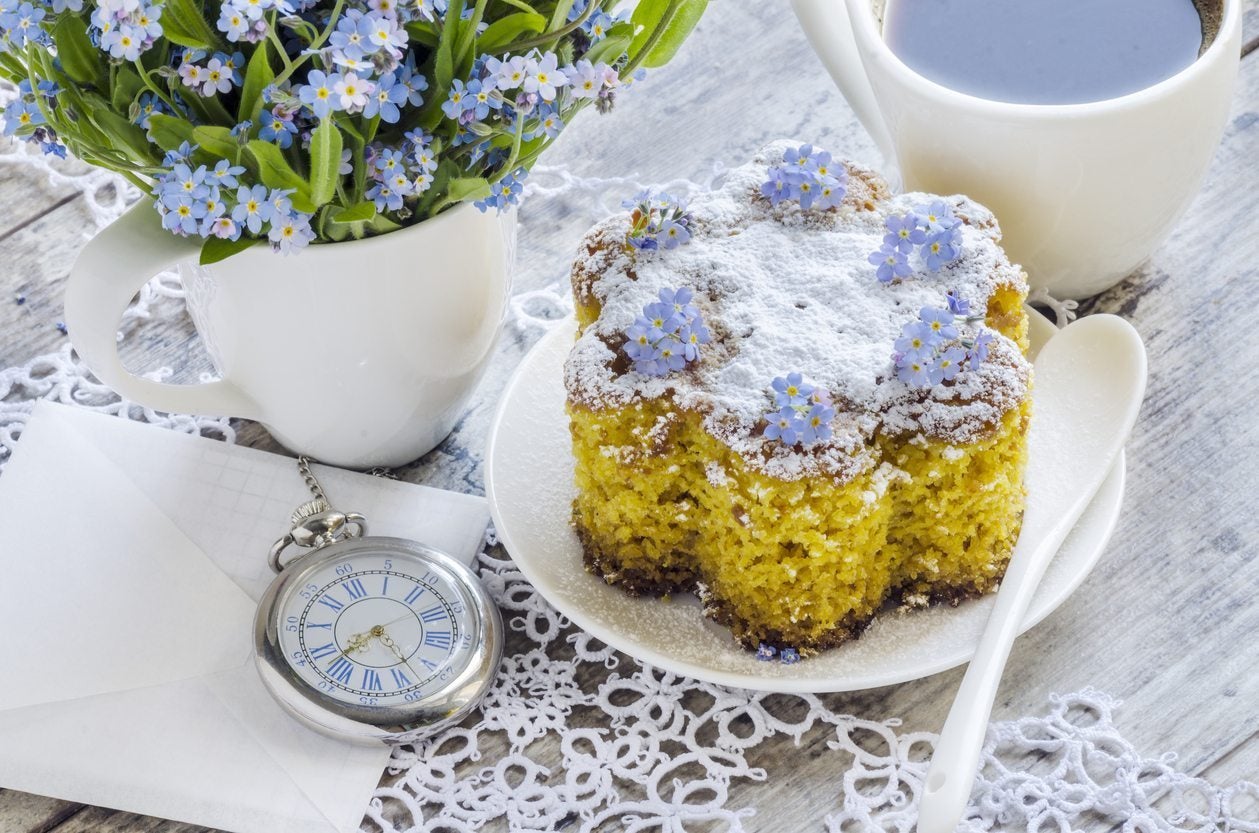 Are Forget-Me-Nots Edible: Tips For Eating Forget-Me-Not Flowers
Are Forget-Me-Nots Edible: Tips For Eating Forget-Me-Not FlowersDo you have forget-me-nots in your landscape? Have you ever wondered "Can I eat forget-me-nots?". After all, there are sometimes hundreds of the plants, or at least there are in my yard. Click this article to find out if forget-me-nots are edible.
By Amy Grant
-
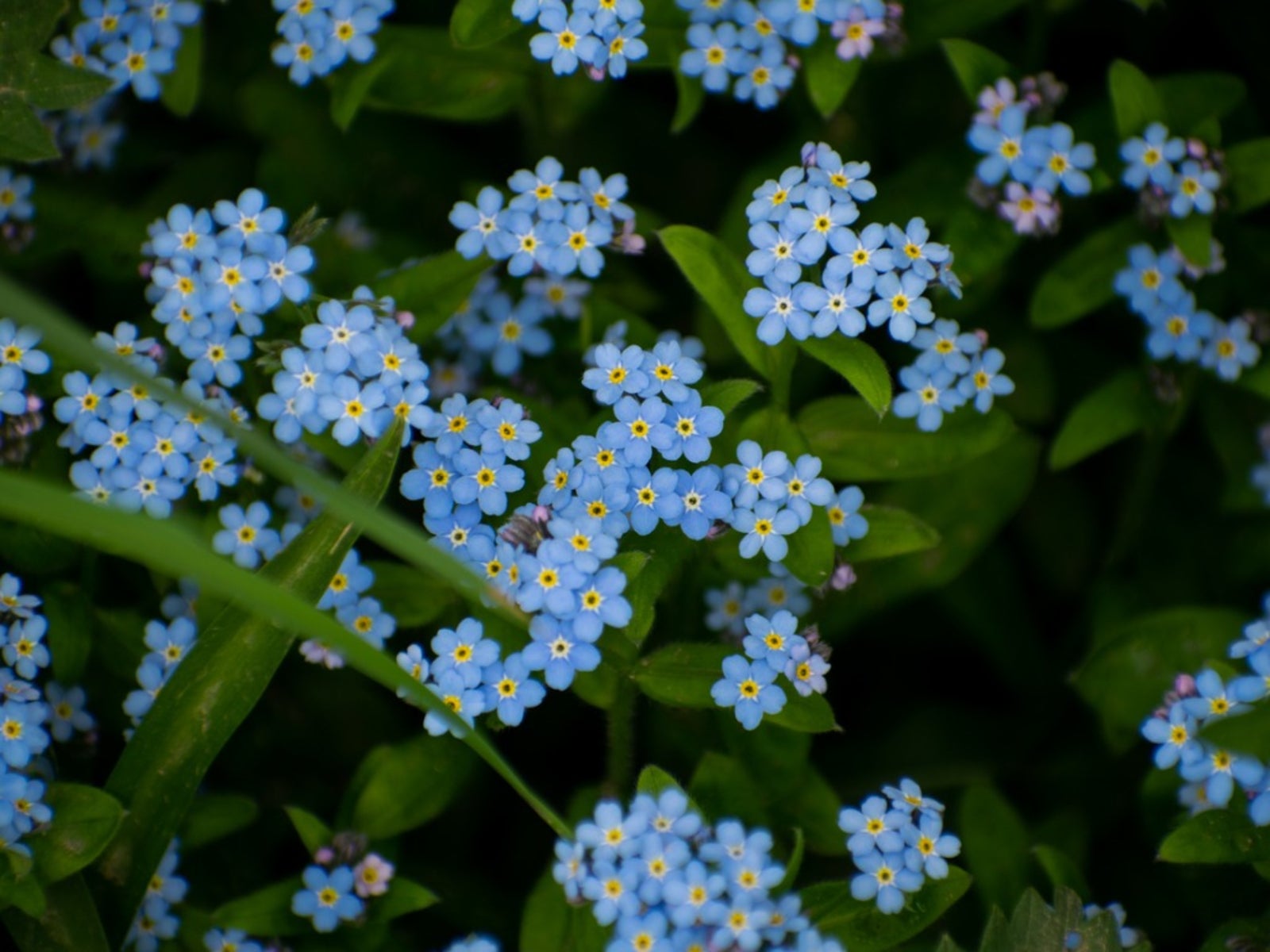 Forget-Me-Not Companions: Plants That Grow With Forget-Me-Nots
Forget-Me-Not Companions: Plants That Grow With Forget-Me-NotsThe forget-me-not is a popular and pretty late spring to early summer bloomer beloved by gardeners. The flowers don't last long, though, so you need to know what forget-me-not companions will grow well with them and provide continuous blooms. Learn more here.
By Mary Ellen Ellis
-
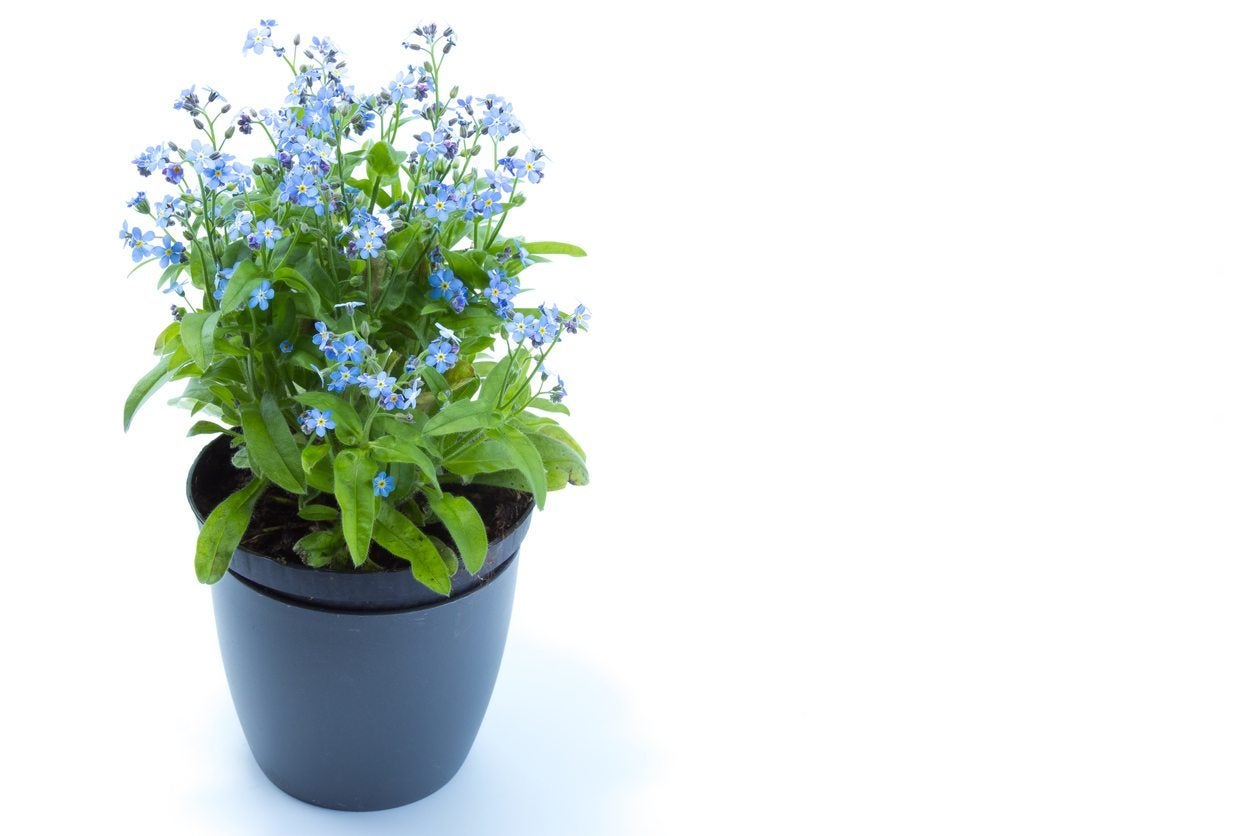 Potted Forget-Me-Not Care: Growing Forget-Me-Not Plants In Containers
Potted Forget-Me-Not Care: Growing Forget-Me-Not Plants In ContainersGrowing forget-me-not in a pot is not the typical use for this pretty little perennial, but it is an option that adds some visual interest to your container garden. Use containers if you have limited space or if you want to grow the plant indoors. Learn more here.
By Mary Ellen Ellis
-
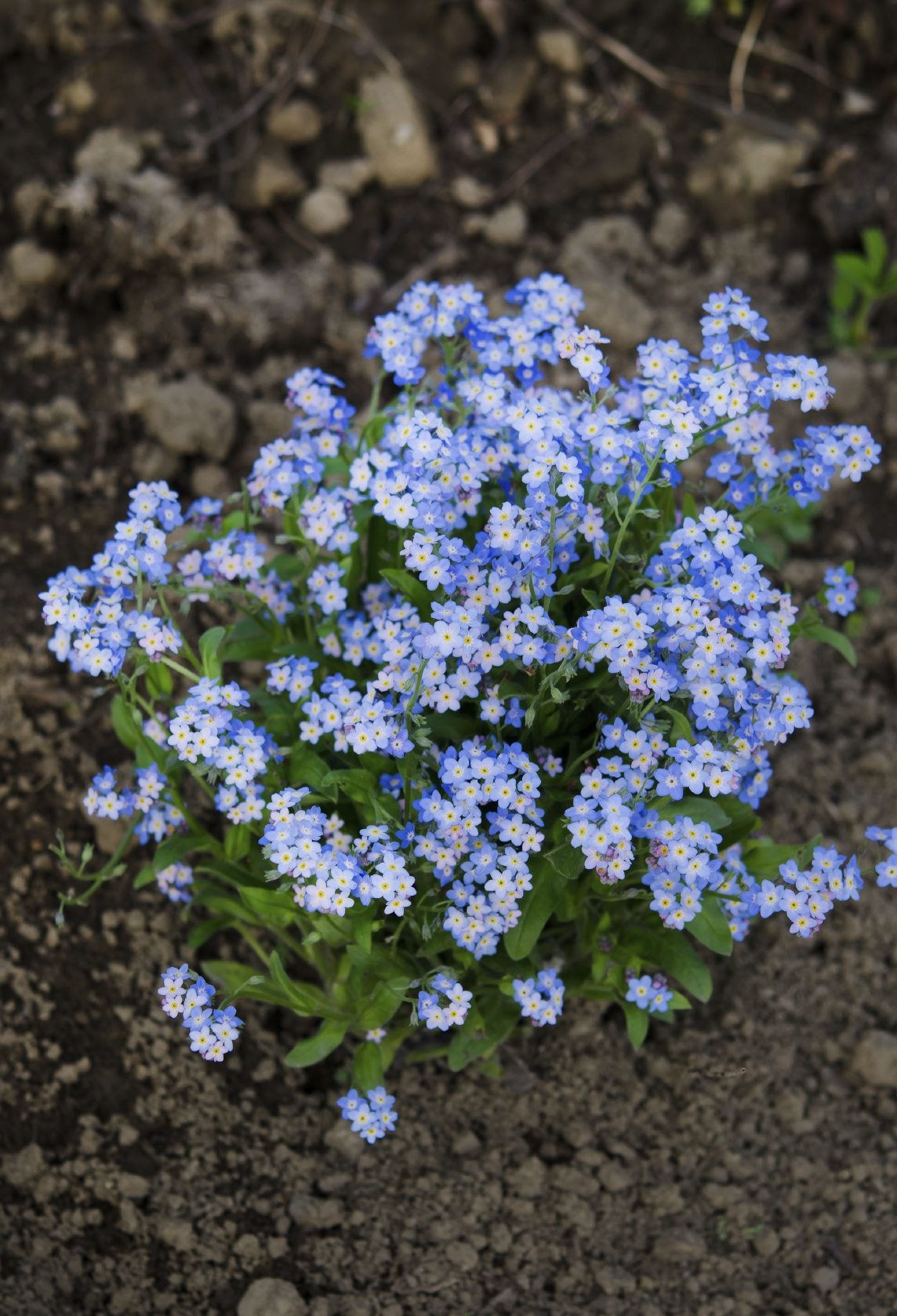 Forget-Me-Not Seed Planting: Best Time To Plant Forget-Me-Not Seeds
Forget-Me-Not Seed Planting: Best Time To Plant Forget-Me-Not SeedsPlanting forget-me-nots from seeds is rarely necessary because they are rampant self-seeders. If you want to introduce the plants to new territory, know when to plant forget-me-nots to ensure success with these easy little plants. This article will help.
By Bonnie L. Grant